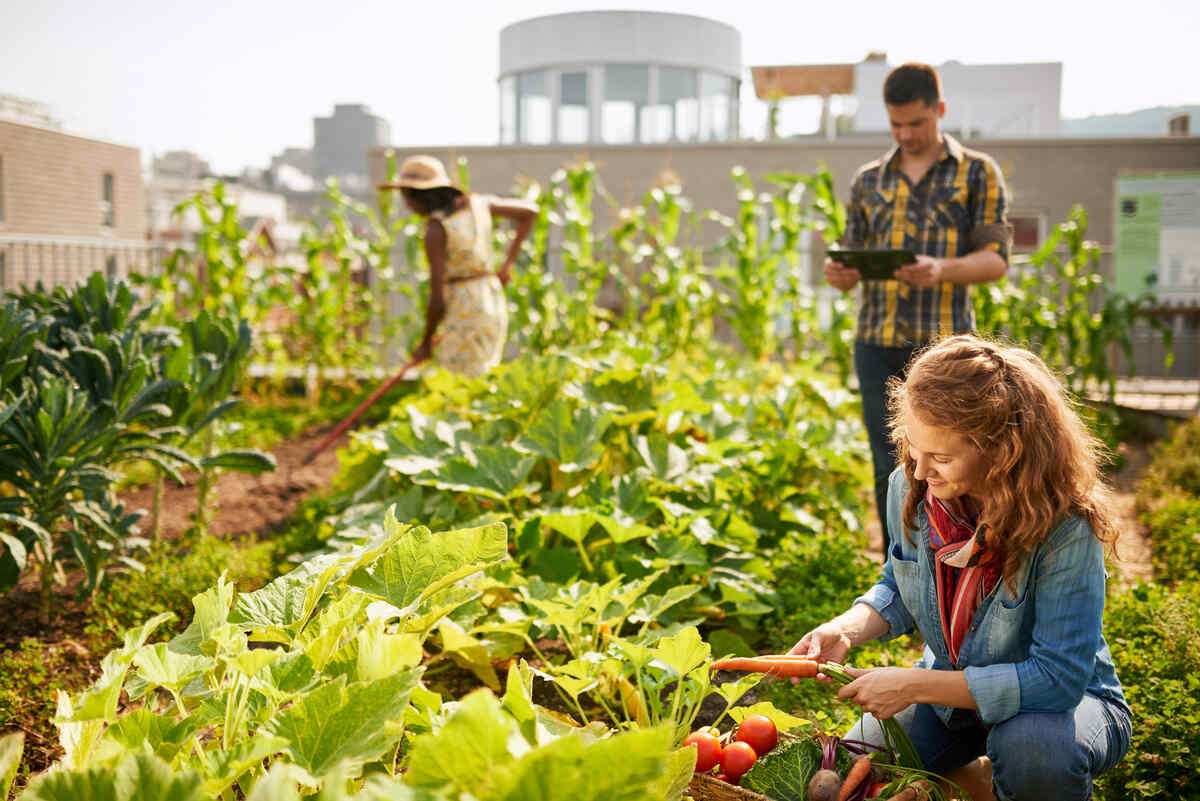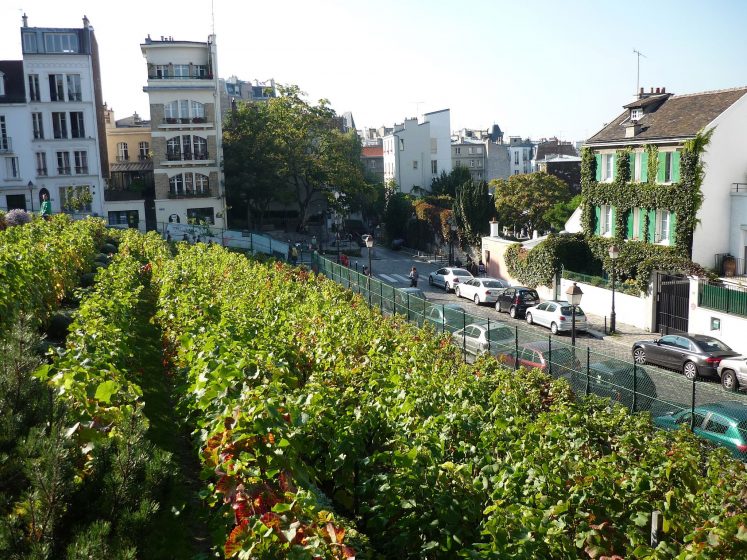The Of City Blooming
The Of City Blooming
Blog Article
City Blooming Fundamentals Explained
Table of ContentsLittle Known Facts About City Blooming.10 Easy Facts About City Blooming ExplainedAn Unbiased View of City BloomingSome Of City BloomingCity Blooming Can Be Fun For Anyone

As you walk the streets of the Bronx, Southside Chicago or East Oakland, you may see have also seen huge stories of ripening fruits and veggies being gathered. What specifically are urban farms and area gardens? Are they various? If so, how? And extra notably, how can you sustain them? Urban farming, metropolitan farming, or metropolitan horticulture is the method of growing, handling and distributing food in or around urban areas.
Typically, urban farming as a practice is a larger financial investment than horticulture. There are many much more hours invested into the trivial matters of farming, from the plant strategy to the having a tendency of your beds. This time around dedication tackles an entire brand-new definition once you realize the objective that is being worked towards and devoted, namely that of getting an abundant return of crops to be taken in.
A community yard is a single item of land gardened collectively by a team of people. Community gardens use either specific or common stories on personal or public land while generating fruit, veggies, and/or plants expanded for their eye-catching appearance. The standard design right here is that a huge team of individuals each add a relatively percentage of time to working their very own plot, and obtain the fruits of their labor therefore.
City Blooming Can Be Fun For Everyone

, and neighborhood organizations by assisting them create and expand their very own yards. The differences in between neighborhood yard and metropolitan farm are nuanced, though in the end the very same fundamental task takes placefood plant farming however within different organizational frameworks - landscaping.
Urban ranches are typically much more service and innovation oriented, with the main objective of making the most of yields and offering produce. Industrial metropolitan farms are usually intended at expanding production on generally little land location with innovations in innovations such as aquaculture, hydroponics, and greenhouses and might companion with an industrial kitchen area to produce locally-produced value-added products such as jams and sauces.
An Unbiased View of City Blooming
The produce is usually expanded on a much smaller scale and is taken home to consume at home or to share. By supplying much needed environment-friendly areas in destitute, concrete city locations, they permit the benefits of yard gardening to those doing not have yards, and act as excellent instances of self-organization and community activism.
Some area gardens, commonly in urban areas, move right into growing for commercial usage while some metropolitan ranches open up their land for even more socially mindful benefits. Regardless of how you define and differentiate the 2, they are both favorable pressures for good in cities around America and the world.
As every one of Small Axe Peppers' hot sauces are sourced with peppers from community yards, your purchases straight help fund these local jobs (https://www.huntingnet.com/forum/members/cityblooming.html). Take part in the change by.
A buddy of mine lately commented in a conversation concerning gardening that "It's intriguing, I've constantly believed that farming as a method is rather like gardening. As I spent more and more time in my Urban Agriculture course I have actually come to realize that to say that horticulture is a tiny extension of farming would be a bit of stretch.
Little Known Questions About City Blooming.
They both focus on the care of plants for some objective that can be nourishment, revenue or just the enjoyment of the craft. They both require a financial financial investment on top of a time investment, something that a this link lot of individuals in our rapid paced life do not have a whole lot of.
We can see that the similarities are plentiful, but are the differences sufficient to develop a distinction? As a student at NYU I have the opportunity to work with the leave It Better Foundation, a group that shows basic nourishment and gardening to senior high school pupils. https://mcliouw-keings-breuncy.yolasite.com/. This experience provided me an extensive foray into the world of amateur gardening past what lots of people have actually touched with
With these in hand, I can securely state that these two activities are quite frankly different beasts. Farming as a technique is a bigger investment than horticulture. There are plenty of much more hours spent into the trivial matters of farming, from the plant plan to the tending of your beds. This moment commitment takes on a whole brand-new meaning once you understand the goal that is being functioned in the direction of and committed, namely that of getting an abundant yield of crops to be consumed.
The ordinary gardener sets about his tasks as a job instead than a need and as such identifies his or herself from the farmer. However with this difference in hand, they are both relaxing and enjoyable workouts that any person can get, which on its own should be an advertisement for both.
The Definitive Guide for City Blooming
Something went incorrect - eco-friendly practices. Wait a minute and try once more Try once again
Report this page